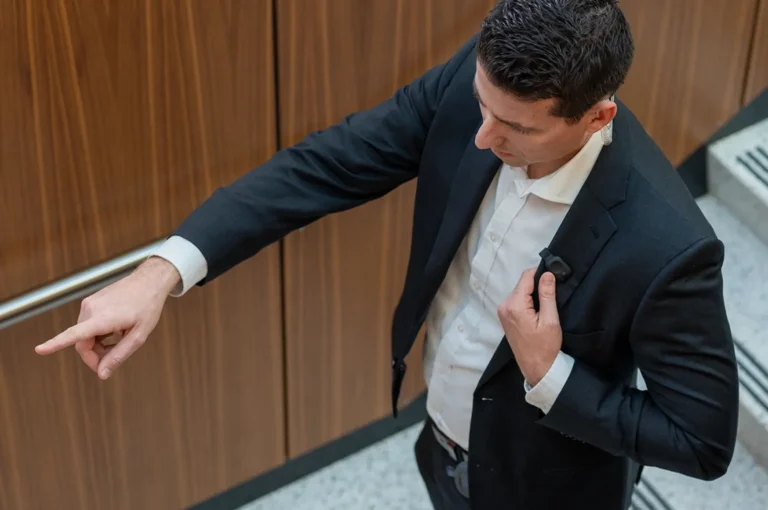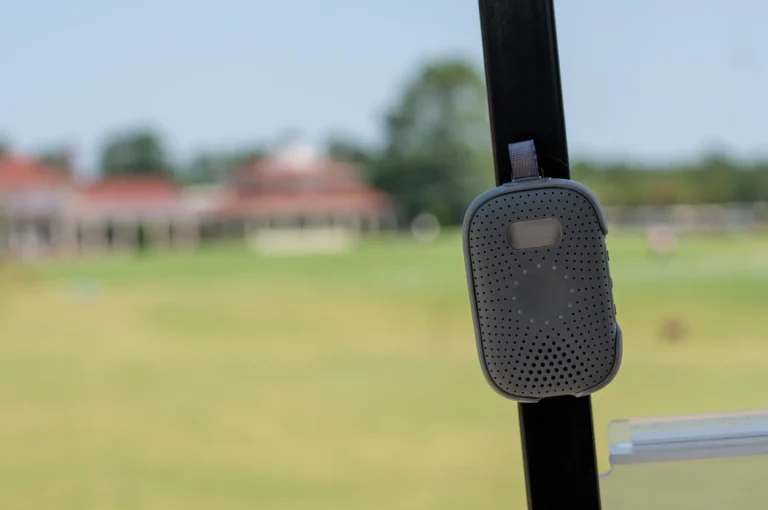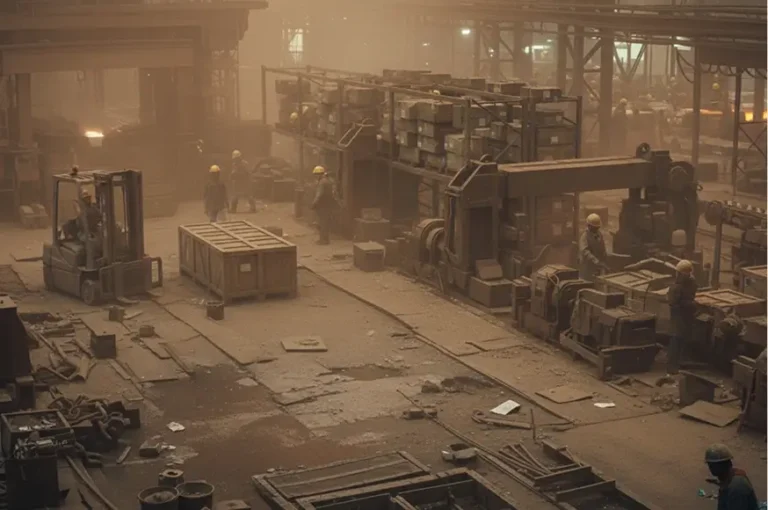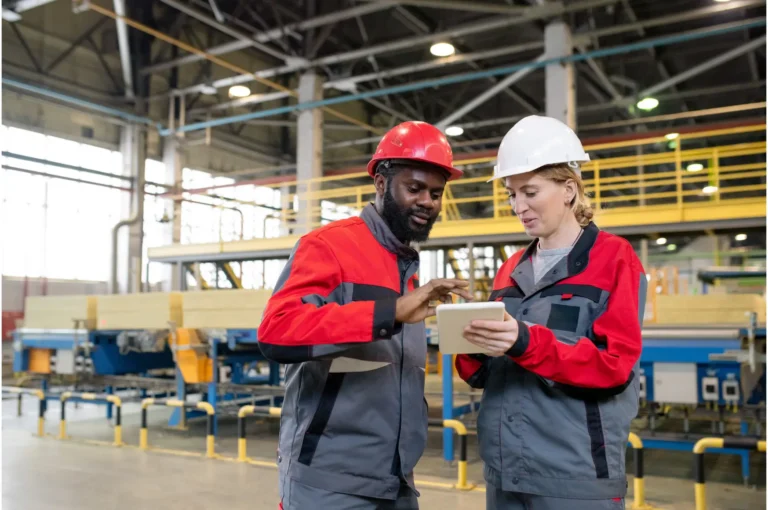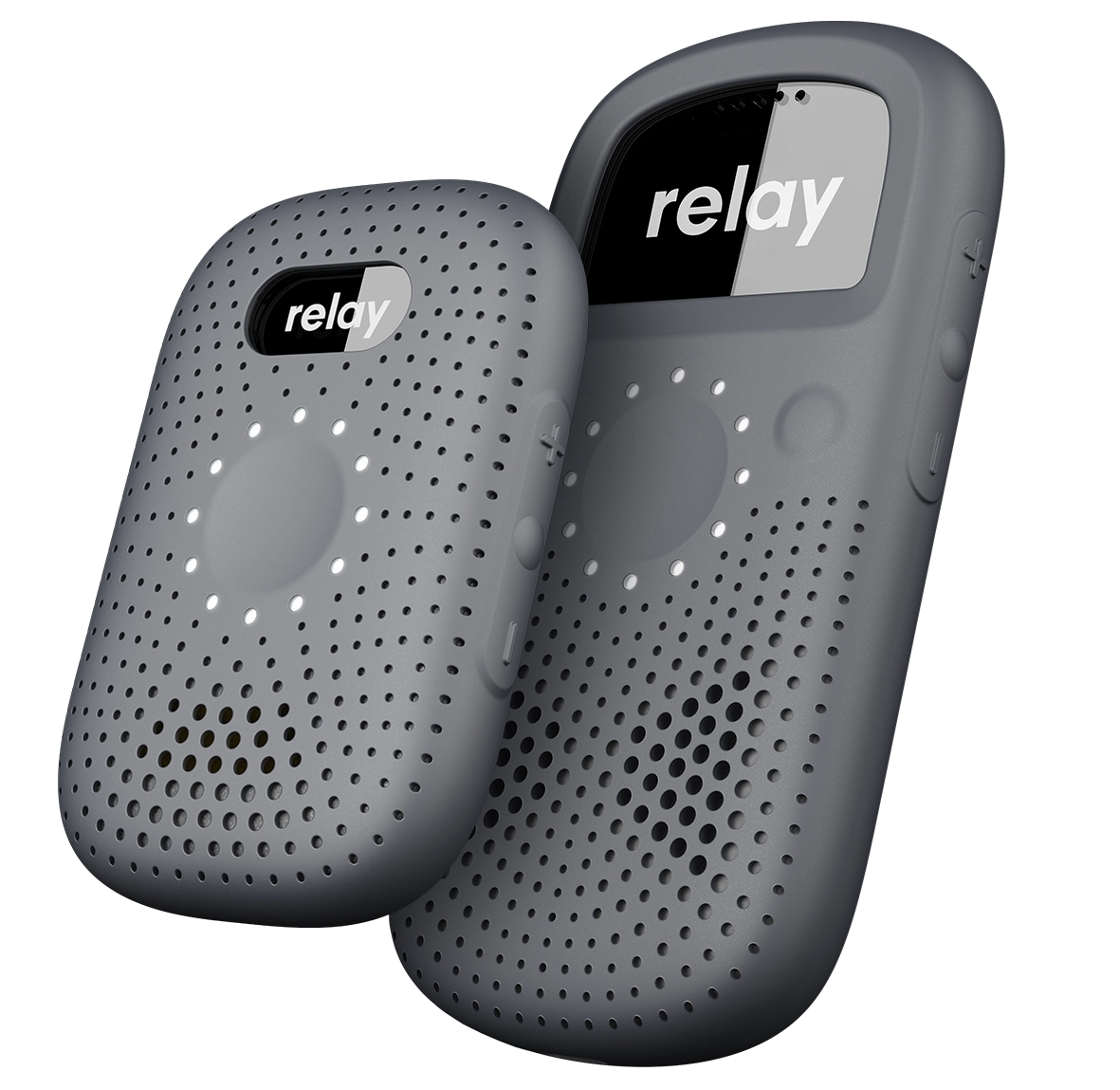Few devices have shaped real-time communication quite like the walkie-talkie. If you’re wondering ‘when was the walkie talkie invented’ or curious about the history of wireless communication, you’re in the right place. Introduced in the early 20th century, the walkie-talkie was a revolutionary leap forward—providing mobile, wireless voice communication decades before the internet or smartphones existed. Initially developed for military use, walkie talkies quickly became indispensable tools for coordinating troops, vehicles, and aircraft during World War II.
Decades later, walkie-talkies are still used across job sites, emergency services, and security teams. But for the past few decades, walkie-talkies have remained largely the same regarding their underlying analog technology. Over recent years, however, walkie-talkies have seen a significant evolution—but let’s first look at the origins of walkie-talkies before we go into their development. Read on to learn when the first walkie talkie came out and why the walkie walkie was invented.
When Was the Walkie Talkie Invented?
The walkie-talkie invention was developed in the late 1930s to address a critical need for reliable, real-time communication in challenging environments, particularly during military operations. Before walkie talkies were made, communication on the battlefield was limited to wired telephones, messengers, or signal flares, all of which had significant limitations in speed, reliability, and security.
Although there are several contenders for the walkie-talkie’s inventor what date the walkie talkie was invented, there tends to be consensus that Donald Hings was the primary inventor. In 1937, British inventor Donald Hings created a portable radio signaling system called the ‘packet’ while working in Canada for CM&S. This device, which was essentially an early version of the walkie-talkie, allowed for wireless voice communication over long distances and represented a significant advancement over existing technologies.
Around the same time, American engineer Alfred J. Gross independently developed a similar two-way radio system. This innovation was particularly valuable for coordinating air and ground operations and facilitating communication in remote or rugged terrains, which is why the walkie-talkie was invented.
During World War II, the military recognized the potential of these devices for enhancing coordination and situational awareness on the battlefield. The U.S. Army Signal Corps collaborated with various companies to develop and deploy walkie-talkies. These devices enabled soldiers to communicate instantly across various units, significantly improving tactical efficiency and response times.
The term ‘walkie-talkie’ and one of the first wireless communications became widely associated with the SCR-300, a backpack-mounted radio transceiver developed in 1940 by the Galvin Manufacturing Company (later Motorola) for the U.S. military. The Galvin Manufacturing Corporation played a significant role in refining and mass-producing walkie-talkie technology, contributing to its widespread adoption and use during World War II.
Allied forces extensively used this device during World War II, considerably advancing battlefield communication. In 1941, the SCR-536, a handheld version of the walkie-talkie, was introduced and further enhanced portability and ease of use for soldiers in the field.
What Year Did Walkie-Talkies Come Out for Civilian Use?
Even after the war ended, walkie-talkies had made their mark. After their pivotal role in World War II, walkie-talkies transitioned from military equipment to civilian tools, marking a significant shift in communication technology. Industries were looking to navigate the post-war economic boom with as many tools as possible, and the walkie-talkie proved to be immensely useful across a variety of industries.
Now, when did walkie talkies come out for the public? By the 1950s and 1960s, manufacturers expanded their production of two-way radios, targeting the construction, security, and public safety sectors. The 1960s saw the introduction of the first consumer-friendly models like the Channel Master.
These developments made two-way radio communication accessible to the general public for the first time. As industries discovered how two-way radios could speed up operations and improve coordination, adoption spread quickly. Businesses rapidly adopted the technology, integrating it into key workflows to make operations smoother than ever before.
The New Era: Smart Radios and the Future of Job Site Communication
Wireless technology history and the evolution of two-way communication didn’t stop after World War II, but moved slowly. Throughout the second half of the 20th century, the initial walkie-talkie invention gradually became smaller, more affordable, and more rugged.
Transistor-based models replaced bulky tube sets, and analog gave way to digital as the decades progressed. Still, the basic structure remained the same: push-to-talk over limited radio frequencies, often with interference, range limitations, and static-filled audio.
In the 1990s and early 2000s, some industries began adopting digital mobile radio (DMR) and trunked radio systems, which allowed for more efficient use of frequencies and clearer audio. However, these systems were often expensive and complex to set up. Meanwhile, cell phones offered a different kind of mobile communication but lacked the immediacy and simplicity of a push-to-talk system.
As the history of wireless technology developed further, the rise of LTE networks, cloud infrastructure, and WiFi unlocked a new opportunity in wireless communication. These technologies allowed modern devices to combine radios’ instant, reliable push-to-talk function with the flexibility, range, and intelligence of today’s connected networks.
Communication technology has always focused on improving speed, clarity, and coordination, but today’s solutions do much more. Smart radios like Relay now offer real-time GPS tracking, channel management, live language translation, and seamless operation across WiFi and cellular networks.
These features have significantly changed the landscape of devices like walkie-talkies, adding more functionality and evolving these initially simple devices into an increasingly multipurpose tool. Advancements have enabled businesses to coordinate teams more efficiently, improve safety, and respond faster on the ground.
From tracking crew locations in real-time to breaking down language barriers and keeping dispersed teams connected, today’s smart radios are designed to meet the complex demands of modern industries, far beyond the scope of the original devices.
When you consider how walkie-talkies were made, it feels like a far cry from the static-filled channels of when the first walkie talkie was invented. Modern smart radios are designed for the industries and job sites they support, addressing key business needs; fast, reliable, and easy communication methods.
Ultimately, across the history of wireless technology, there has been a focus on improving and optimizing speed, clarity, and coordination to ensure that modern solutions fit today’s needs. Innovative devices offered by companies including Relay represent this next evolutionary step: purpose-built for frontline and field teams, contemporary radio devices provide instant, location-aware communication that can adapt to complex, fast-moving environments.
Ready to transform your operations by making the switch to Relay’s smart radios? Book a 1:1 demo with a Relay product expert today.


